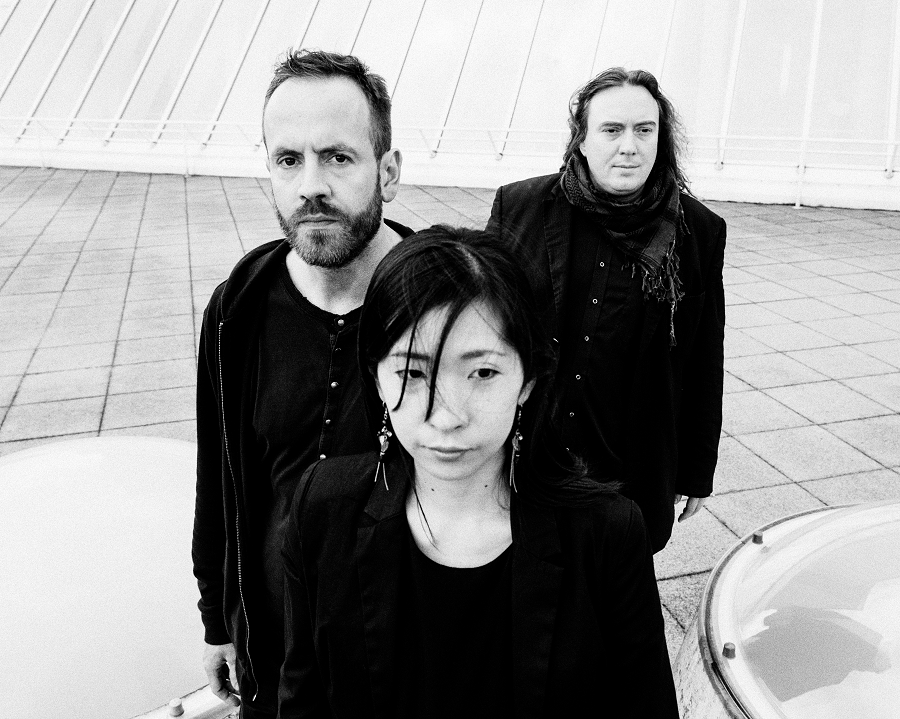THE CURRENT LEADER OF TANGERINE DREAM, THORSTEN QUAESCHNING, TALKS ABOUT THE HISTORY OF ELECTRONIC MUSIC AND ITS ROMANTIC SIDE, THE BAND’S RETURN TO THEIR ORIGINAL CORE AND ITS’ CURRENT APPROACH IN STUDIO PRODUCTION, HIS FAVOURITE PLACES TO PERFORM, SIDE PROJECTS, AS WELL AS MUCH MORE
Tangerine Dream with no doubt could be categorized as one of the first pioneering electronic bands that had a huge impact on many artists over future generations. Formed in 1967 by an electronic wizard and mastermind of this exciting project Edgar Froese, Tangerine Dream originally took their influences and inspirations from psychedelic music and German krautrock.
In the 70s, the band began to sound more and more electronic as their interest in new technologies, synthesizers, modulars and oscillators rapidly grew. It was the time when their specific musical language and recognizable musical scales were finally taking shape. After releasing the album “Phaedra” on Virgin Records in 1974, they became the first band in the world that had big commercial success and world fame with a new and futuristic electronic and sequencer sound. Continuing to work in this field, the band’s line-up changed throughout the years and the only constant member of the Tangerine Dream core’s idea and spirit was Edgar Froese. Many of the artists that passed through Tangerine Dream later made their own successful solo careers which definitely shows Edgars ability to find and to accumulate the brightest talents around. A good example could be people like Klaus Schulze and Peter Baumann.
Tangerine Dream has been known as a mega-productive band with more than 100 albums under its belt. They are also very well recognized for the soundtracks they made for big movies that mostly did in the 80s that includes music for cult classics like Risky Business, Flashpoint, Firestarter, and Legend. Their concept and philosophy stands on the romantic side of electronic music with a cosmic vibe and its’ own incomparable sound.
Edgar Froese tragically passed away in 2015. But before his death, he was able to pass on all his knowledge to Thorsten Quaeschning, who had already been part of Tangerine Dream as a band member for many years. Thorsten took the role of the band’s director and keeps the torch of the Tangerine Dream spirit now.
We were lucky enough to talk with Thorston about Tangerine Dream’s recent plans, their current approach to the production of music, history of electronic music, his side projects as well as much more.
Interview: Dmitry Tolkunov
Hi Thorsten! What have you been up to recently with Tangerine Dream?
At the moment we are in between concerts. We just did a series of great shows in the eastern part of Germany. Next month we are performing at a few festivals and then in October, we will be on a 15 date tour all over Europe called “16 Steps – Random and Revision – Tour.
Our last studio album “Quantum Gate” came out in 2017 and we are now working on a new album which will be out next year.
In the next few months, we will release the vinyl versions of an improvisation session on the UK label, Invisible Hands Music. We now finish each show with these kinds of improvisations – I call them real-time compositions, as they are more than just an ordinary jazz freestyle improvisation, they include fixed scales and elaborated music ideas.

No comments:
Post a Comment